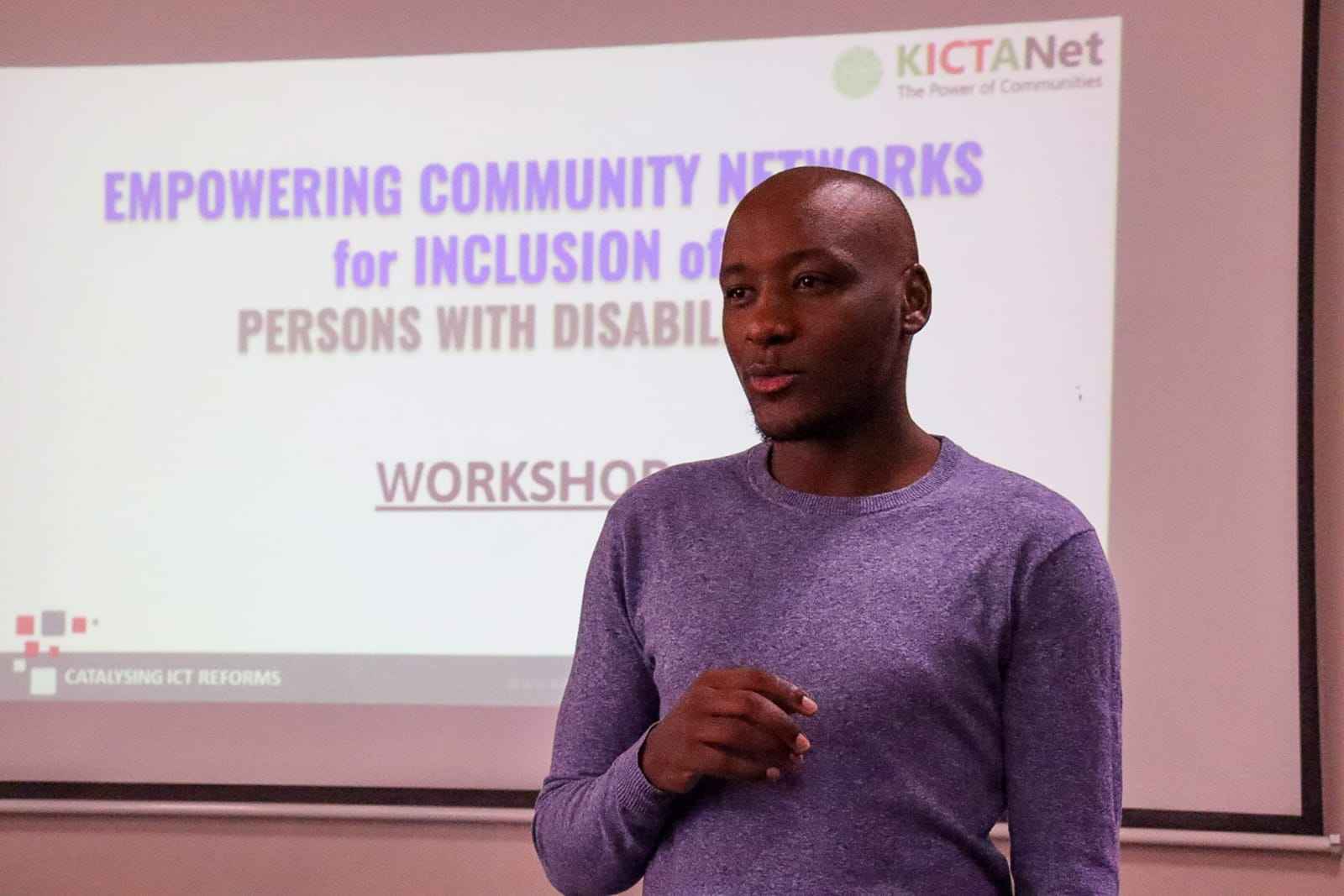The digital age offers a wealth of opportunities, but for millions of people with disabilities (PWDs), it can be a roadblock.
A 2019 Kenya National Bureau of Statistics Monographic Analytical Report study reveals how PWDs face exclusion online.
Beyond physical limitations, the “Empowering Community Networks for Inclusion of Persons with Disabilities Training Workshop” organised by KICTANet in partnership with the Collaboration on International ICT Policy for East and Southern Africa (CIPESA) identified “situational disabilities” caused by everyday tech glitches and a lack of accessibility features.
In her opening remarks, Dr. Grace Githaiga, CEO of KICTANet, emphasised the importance of digital inclusion for PWDs in today’s connected world.
“The statistics highlighting the digital gap faced by persons with disabilities underscore the urgency and importance of our gathering today. By examining the current ICT Accessibility Legal, Policy, and Regulatory Landscape in Kenya, we aim to identify and overcome the barriers that hinder full participation and representation of individuals with disabilities in the digital realm.”
The Complexities of Digital Exclusion
- Disability Spectrum: It’s not just physical limitations. Temporary situations or common issues, like slow Internet or outdated software, can create barriers for PWDs.
- Unintended Bias: Many digital products are designed based on developer abilities, unintentionally excluding users with different needs.
- Inaccessible Tech: Websites, apps, and documents lacking accessibility features can be difficult or impossible for those with visual, motor, or cognitive impairments.
- Socioeconomic Hurdles: The high cost of assistive technologies and limited awareness about accessibility features further marginalise PWDs online.
Exclusion Has Real Consequences
Digital exclusion goes beyond frustration. It can limit access to education and training, increase vulnerability to online threats, and exclude PWDs from social interaction and online communities.
Kenya has ratified international treaties from a legal and policy framework, such as the UN Convention on the Rights of Persons with Disabilities (CRPD), guaranteeing PwDs’ right to access ICTs.
Locally, the Kenyan Constitution (2010) guarantees PwDs’ right to access information, including through ICTs (Article 54). It also prohibits discrimination based on disability.
Community Networks: Agents of Change
The workshop highlighted community networks (CNs) as a potential solution. These local, grassroots networks understand community needs and challenges, uniquely positioning them to champion digital inclusion for PWDs.
How CNs can bridge the digital divide:
- Open Doors: CNs can actively welcome PWDs and challenge negative attitudes about disability within the community.
- Tech Champions: Train tech-savvy individuals to educate others about accessibility features and assistive technologies.
- Free and Open Solutions: Explore accessible and affordable accessibility tools that can benefit the community.
- Community-Driven Design: Involve PWDs in planning and development to ensure inclusive technology.
A Collaborative Future
The workshop participants called for a more inclusive digital world where everyone can participate online. Community networks, technology developers, and organisations like Kenya’s KICTANet (which is working on legal frameworks and accessibility standards) can collaborate to make the Internet a more accessible space for all.
![]()




